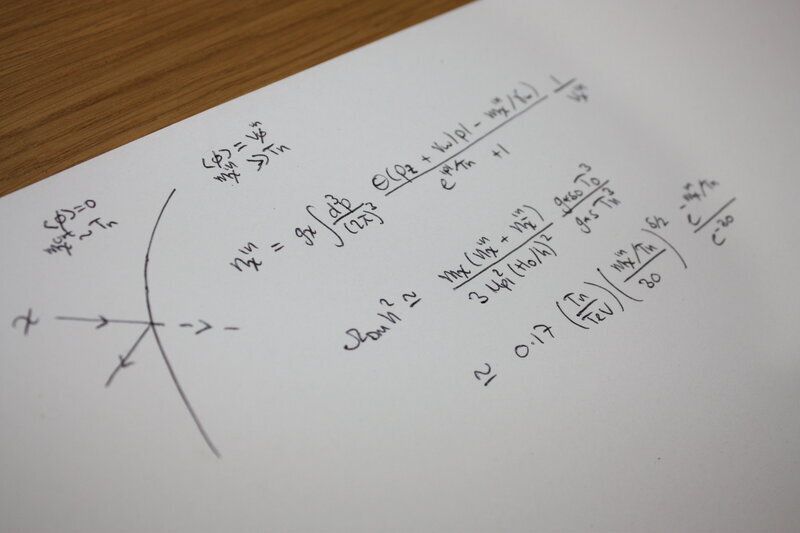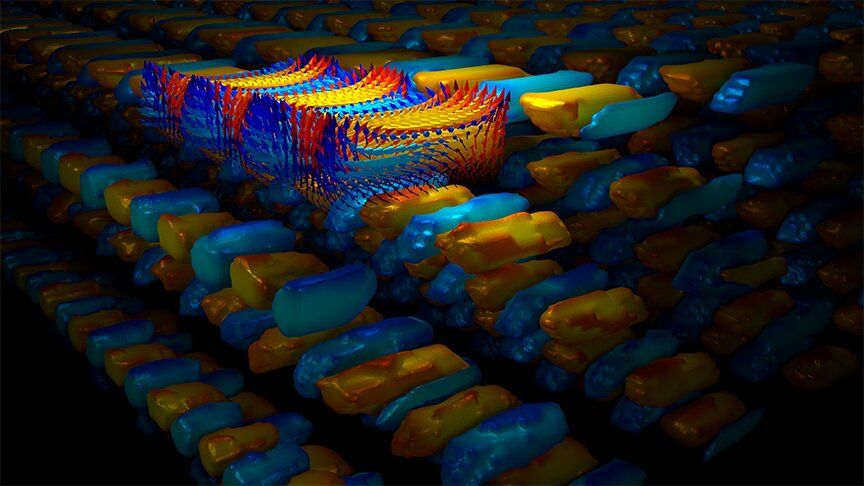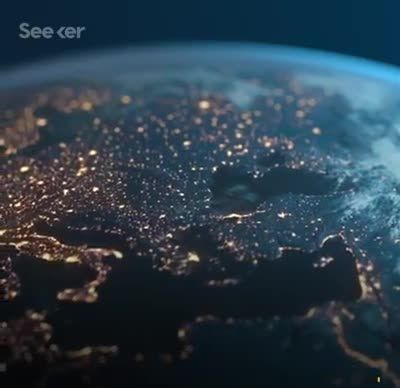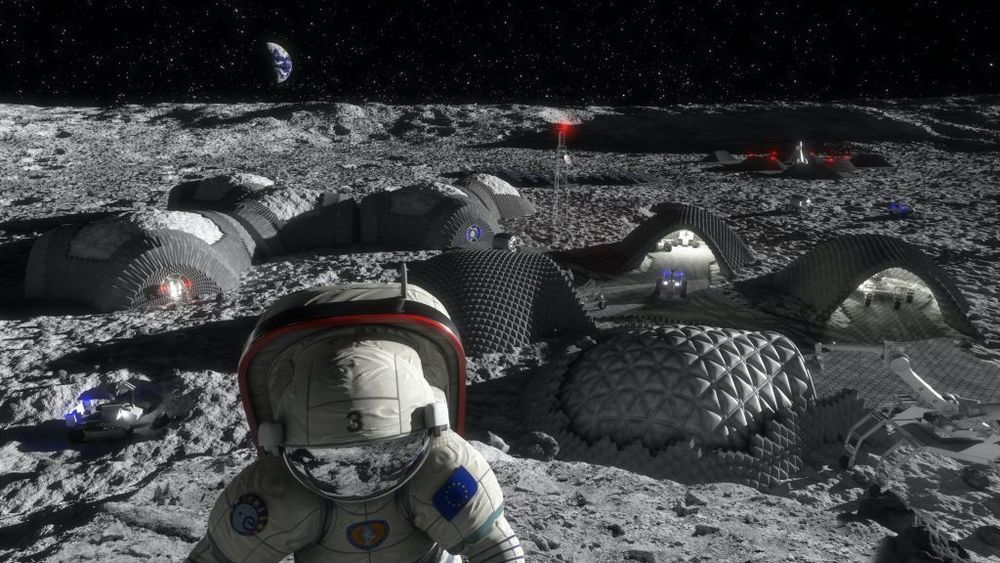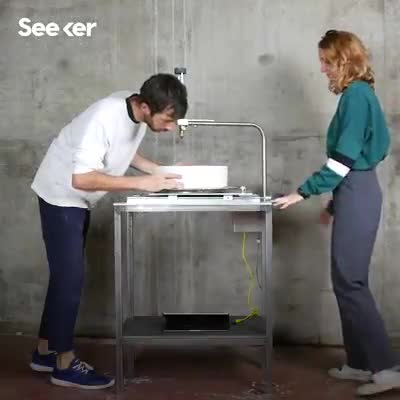A recent study from the University of Melbourne proposes a new theory for the origin of dark matter, helping experimentalists in Australia and abroad in the search for the mysterious new matter.
The work has been published in Physical Review Letters and describes how expanding bubbles in the early universe may be the key to understanding dark matter.
“Our proposed mechanism suggests that the dark matter abundance may have been determined in a cosmological phase transition,” said Dr. Michael Baker, a postdoctoral research fellow at the University of Melbourne and one of the authors.
